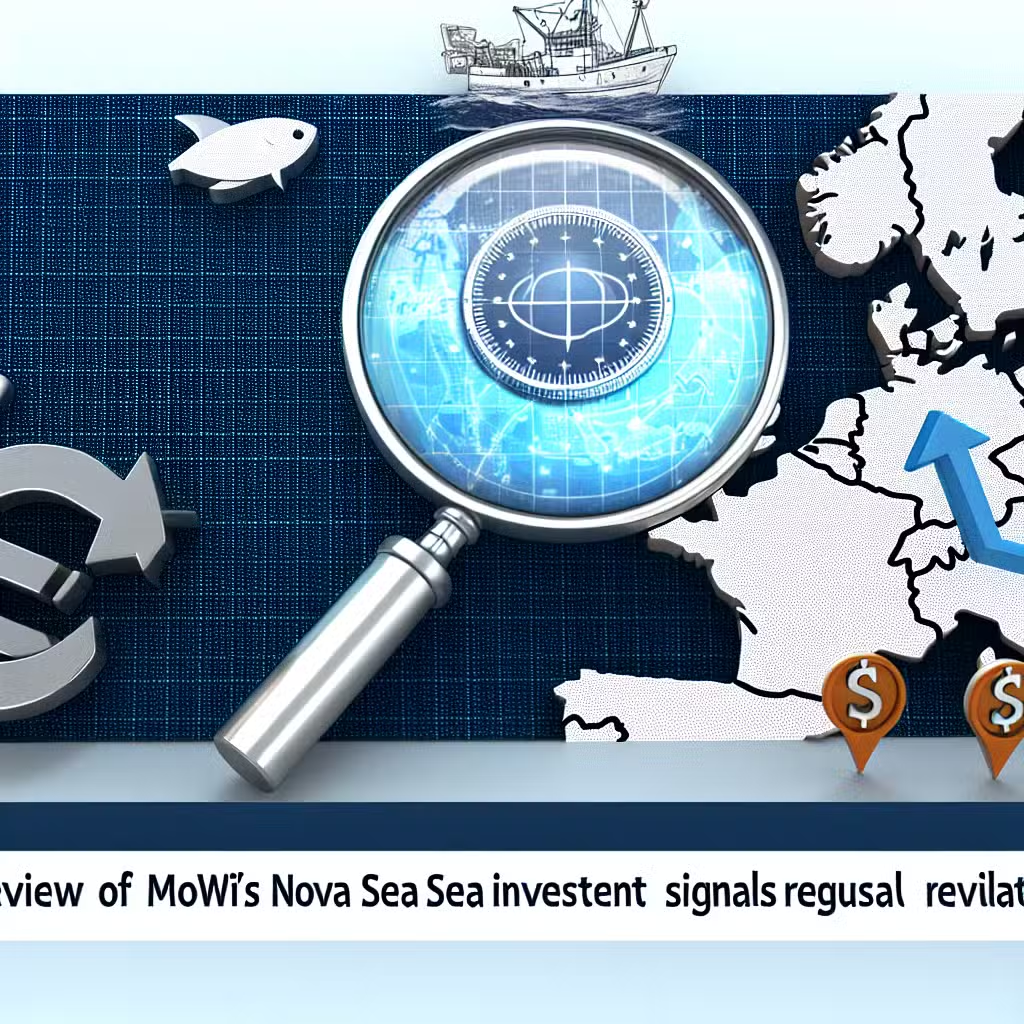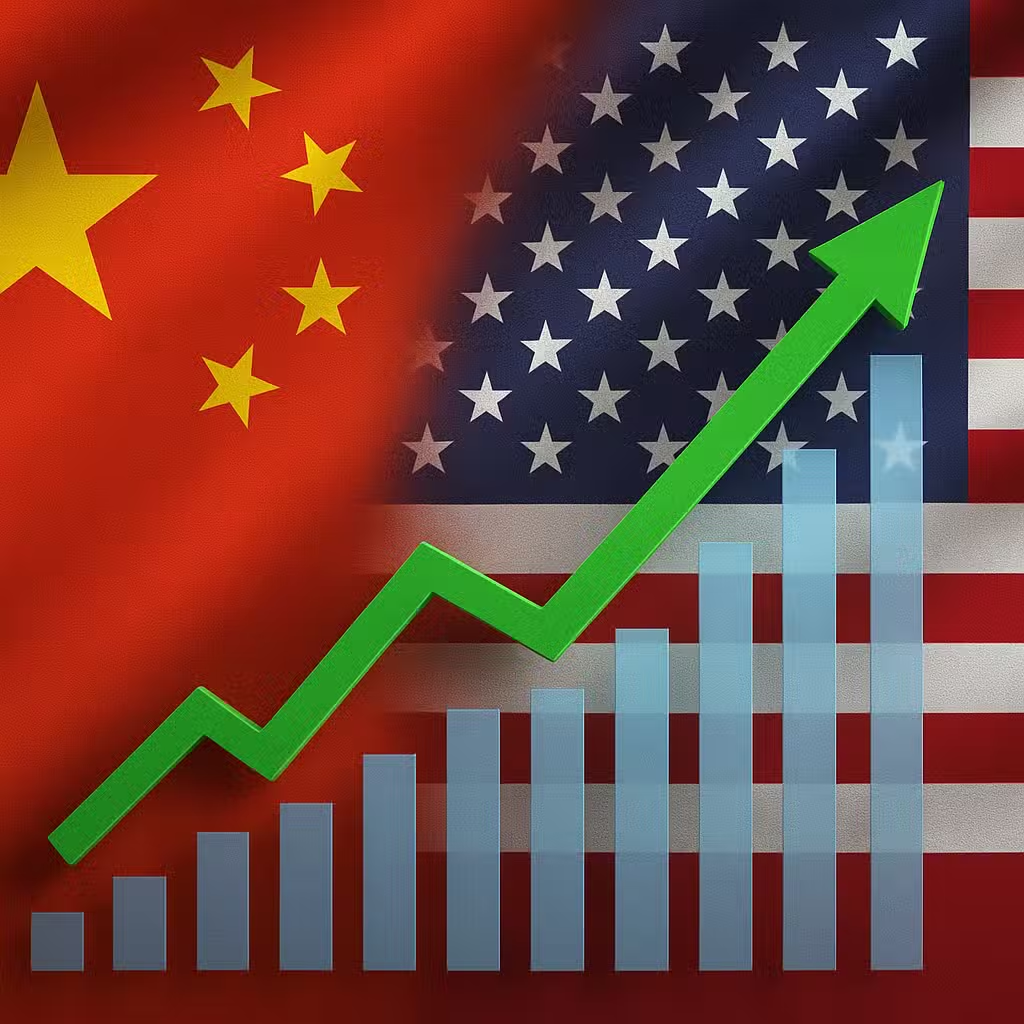Global Drugmakers Expand US Operations to Protect Investments Amid Tariff Uncertainty
Imagine if your favorite grocery store suddenly raised prices on most imported foods overnight—everyone would scramble to stock up or grow their own. That’s what’s happening in the world of medicine, as big drug companies react to possible new tariffs on medicines brought into the U.S.
Why Investors Should Care
These changes could shake up the entire healthcare sector. If drug companies have to pay much more to sell their products in the U.S., it could mean higher prices, new winners and losers in the stock market, and big shifts in company profits. Investors need to watch closely—this could affect both your portfolio and the companies you rely on for growth or stability.
What’s Happening?
The U.S. government is thinking about putting a 100% tax (called a tariff) on imported brand-name and patented drugs. This means any medicine made outside the U.S. could cost twice as much to bring in. To avoid this, drug companies are racing to build more factories and warehouses right here in America, and some are making deals to delay or dodge these extra costs.
- Pfizer is investing $70 billion in U.S. research and factories, earning a three-year break from the tariff.
- GSK (from the UK) plans to spend $30 billion on U.S. labs and supply chains.
- Eli Lilly will put $27 billion into new U.S. plants over five years, starting with a $5 billion factory in Virginia.
- Johnson & Johnson is boosting U.S. investment by 25%, up to $55 billion, and building new plants in North Carolina and beyond.
- Roche (from Switzerland) is investing $50 billion, adding thousands of jobs across several states.
- AstraZeneca will invest $50 billion in the U.S. by 2030, with new sites in Virginia, Maryland, and more.
- Novartis (Swiss) has $23 billion for 10 new or expanded U.S. sites, including six new factories.
- Sanofi (French) is putting at least $20 billion into U.S. growth by 2030.
- Merck is spending over $70 billion on U.S. manufacturing and R&D, including new plants in Virginia and Delaware.
- Amgen, Biogen, AbbVie, Gilead, Cipla, and Novo Nordisk are also expanding U.S. production.
Bull Case: Why This Could Be Good
- More U.S. jobs: All these new factories mean thousands of new jobs. For example, Roche’s recent expansion is expected to create over 12,000 jobs in the U.S.
- Stronger supply chains: Making more drugs in the U.S. could mean fewer shortages and safer, more reliable access to medicines.
- Potential for growth: Companies investing heavily in the U.S. might see long-term gains as they become less vulnerable to global disruptions.
- Tariff exemptions: Some firms, like Pfizer and AstraZeneca, have struck deals to avoid tariffs for a few years, giving them time to adjust.
Bear Case: Risks and Worries
- Higher drug prices: If companies can’t build fast enough, or if costs rise, Americans might pay more for medicine.
- Profit pressure: Building new factories is expensive. Some companies could see lower profits in the short term.
- Uncertain results: Not all companies will handle the changes well. Firms slow to adapt might lose market share.
- History lesson: In 2018, when the U.S. put tariffs on Chinese goods, some companies managed to adapt, while others saw their costs and stock prices drop (source: Peterson Institute for International Economics).
What the Experts Say
Some drug company CEOs say they’re already moving inventory and boosting U.S. production to soften the blow. Others believe the tariff impact will be “short-lived” since they’ve prepared ahead.
But there’s still a lot of uncertainty. According to a RAND study, the U.S. already pays more for prescription drugs than any other country—so investors should be alert to any changes that could push prices even higher.
Investor Takeaway
- Watch U.S. pharmaceutical stocks—companies investing most in American manufacturing may weather the storm best.
- Don’t ignore supply chain risks—companies slow to adapt could lose out to faster rivals.
- Prepare for price swings—tariffs and new investments could mean short-term volatility in the sector.
- Diversify your portfolio—spread your bets across several healthcare firms to manage risk.
- Stay alert to policy changes—government decisions will shape the market, so keep an eye on news from Washington.
For the full original report, see Yahoo Finance






